When in doubt, sit them out

By Richard Figler, MD
Cleveland Clinic is a non-profit academic medical center. Advertising on our site helps support our mission. We do not endorse non-Cleveland Clinic products or services. Policy
When a young athlete sustains a concussion, the brain usually does a remarkable job of healing itself if given the opportunity. Unfortunately, some athletes get in the way of the process. They may have a “warrior mentality” about returning to play and not letting their teammates down, or they simply may not recognize persistent symptoms such as headache or balance issues.
Physicians who treat concussions play an important role in guiding return-to-play decision-making following concussion, especially as it relates to ensuring that young athletes do not return to collision sports prematurely. We follow specific return-to-play guidelines at Cleveland Clinic and advocate erring on the side of caution — i.e., “When in doubt, sit them out.”
Cleveland Clinic’s Concussion Center takes a comprehensive, multidisciplinary approach to evaluating and managing concussed patients. The center offers concussion evaluations and management through a collaborative team effort involving primary care sports medicine physicians, neurologists, neurosurgeons, neuropsychologists, certified athletic trainers, vestibular therapists, radiologists, neuro-ophthalmologists and researchers.
When appropriate, we refer to spine specialists, especially in cases of high-trauma, high-velocity injuries in which the brain pathology may respond but neck and cranial irritation persists along with symptoms such as dizziness. With whiplash-type injuries, symptoms such as persistent neck pain and mobility can sometimes be more debilitating than the actual concussion when it comes to recovery. Those symptoms also need to be resolved before an athlete can return to play.
Collision sports such as football, lacrosse and sometimes wrestling present the greatest risk for concussive injury. For example, more than 1 million U.S. youth play high school football every year, and over the course of a season, the risk of concussion for an individual player is about 10 percent.
Student athletes who sustain one concussion have a three to six times higher risk of sustaining a repeat concussion. While genetics may be a factor, athletes who participate in high-collision sports clearly have a greater risk of a second injury.
In recent years, media attention has focused on rare but catastrophic incidents in which student athletes have returned to play prematurely and suffered from second-impact syndrome, in which a second concussion is sustained while the brain is still healing from a previous concussion. In certain scenarios, two concussions stacked on top of each other in this way can cause diffuse swelling and loss of blood control in the brain, which can result in severe disability and, rarely, death.
More commonly, athletes who return to play prematurely and sustain another concussion a short time later may experience cumulative injury or cumulative symptoms that prolong recovery to several weeks or months rather than the typical one to two weeks. These types of injuries not only affect athletes’ ability to participate in sports but can also significantly impact concentration and performance in school.
In response to these issues, more than 40 states (including Ohio in 2013) have enacted legislation regarding return to play for student athletes. The laws generally require referees, coaches and trainers to remove athletes from practices or games following a suspected injury, and athletes cannot resume participation until they are formally cleared by a designated healthcare professional.
Pulling athletes off the field immediately after an injury paves the way for a faster recovery. Quick removal from play is especially important in youth who may have sustained a concussion but may not experience symptoms, such as headache, until hours later, as symptoms may be delayed.
With more media and legislative attention on these issues, rates of catastrophic concussion have decreased significantly, but more education and awareness are needed.
Return-to-play decisions should be based on the athlete’s symptoms as well as on neurophysical and neuropsychological signs. Once athletes are back to symptom-free mental activity, they may resume physical activity according to a stepwise protocol. If post-concussion patients begin a moderate amount of exercise and remain asymptomatic before, during and after, they typically can continue to progress through.
As a general rule, if athletes have no recurrence of symptoms as they progressively increase activity, this suggests they are back to a normal state. The best way to gauge a normal state is to compare the current condition with the pre-injury baseline. While specific baseline tests or parameters can be used, it is also critical for athletes to be forthright about their symptoms.
The clinical teams that treat sports-related injuries have more resources and tools than ever to assess student athletes and ensure they are free of both mental and physical symptoms at rest and with activity before we return them to participation. These resources include:
Athletes and their parents aren’t always happy when we need to make the decision that an athlete isn’t ready to return to play. But if we use established guidelines and objective criteria to guide these decisions, it’s never a mistake to deny clearance to an athlete who remains symptomatic.
We work hard to educate athletes that their brain health is far more important than the numbers on a scoreboard. As I have told my patients, “You get one brain and that’s it — we need to protect it as long as we can.”
Dr. Figler is a sports and exercise medicine physician in the Cleveland Clinic Center for Sports Health and Co-Medical Director for the Concussion Center. He also serves as team doctor for John Carroll University and Solon High School, both in Northeast Ohio.
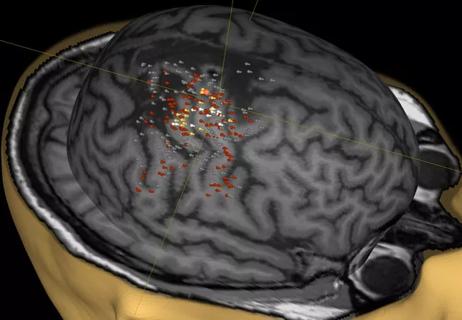
A noninvasive approach to map eloquent areas before surgery
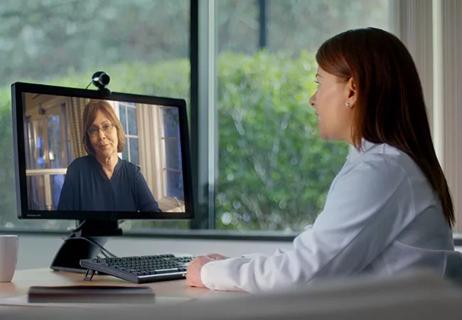
Physician reimbursement policy experts join forces with IT and coders to enable digital transformation
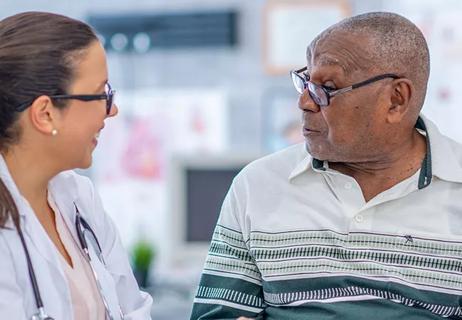
Minority Stroke Program focuses on outreach to racial and ethnic minority communities
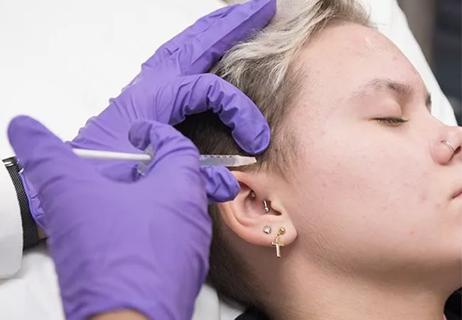
Excellent response seen with ongoing use in patients as young as 11

Q&A with a psychiatrist in Cleveland Clinic’s Transgender Surgery and Medicine Program

Time constraints, language barriers, substance misuse, mood disorders targeted for improvements
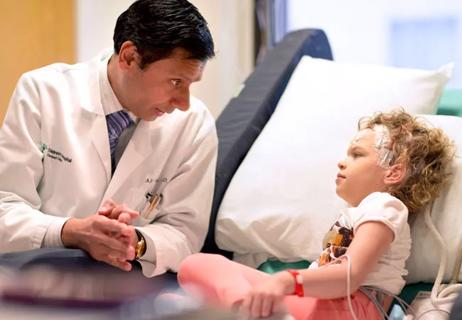
Project draws $1.6M to leverage telemedicine to create medical home, ease transition to adult care
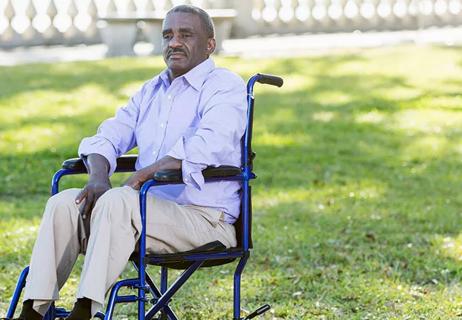
Comorbid depression is only one of the likely warning signs